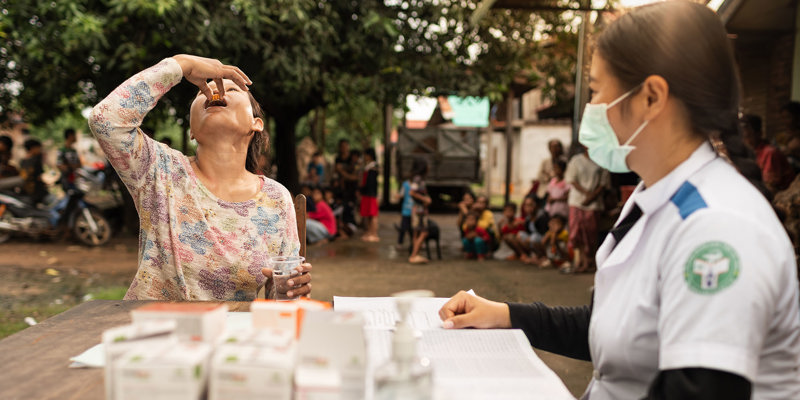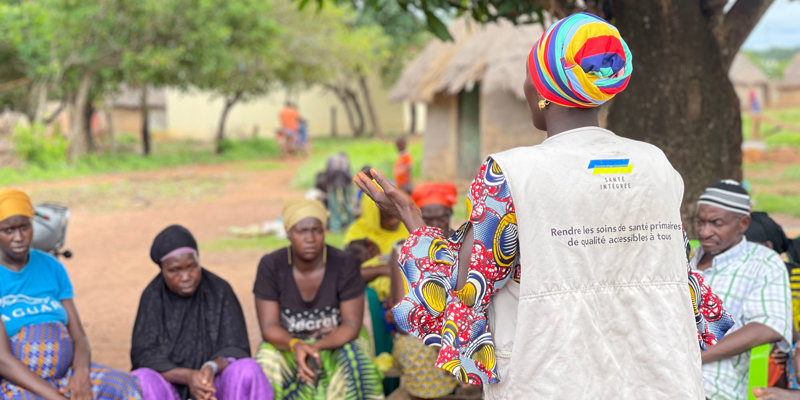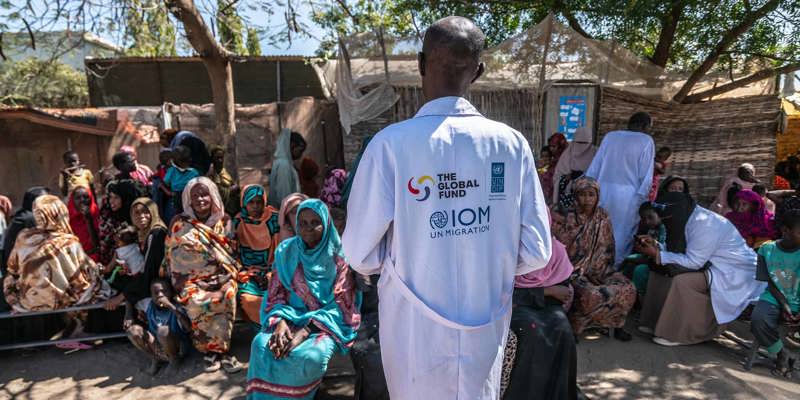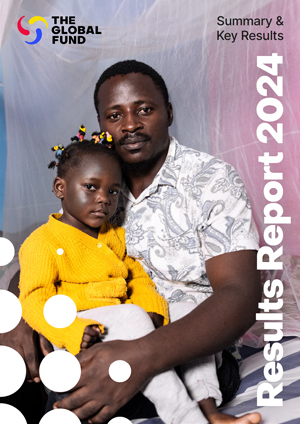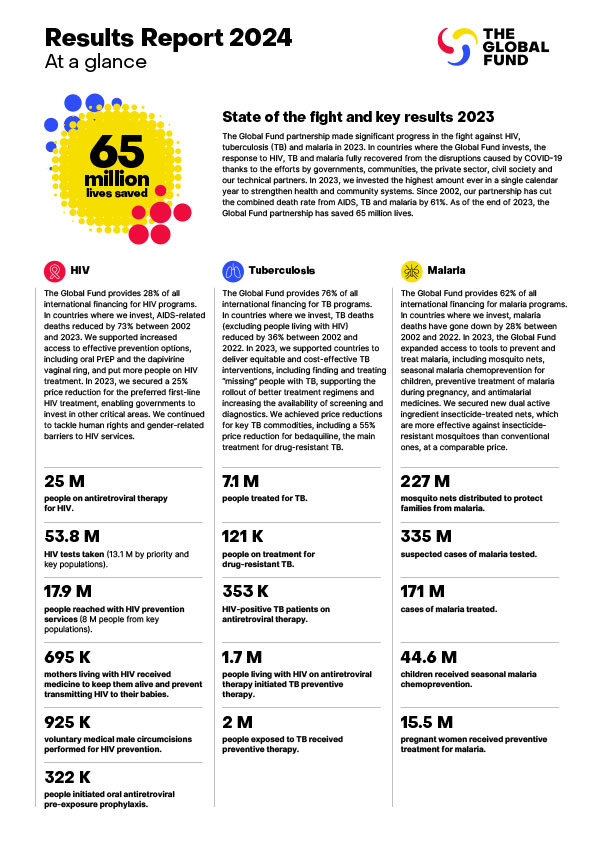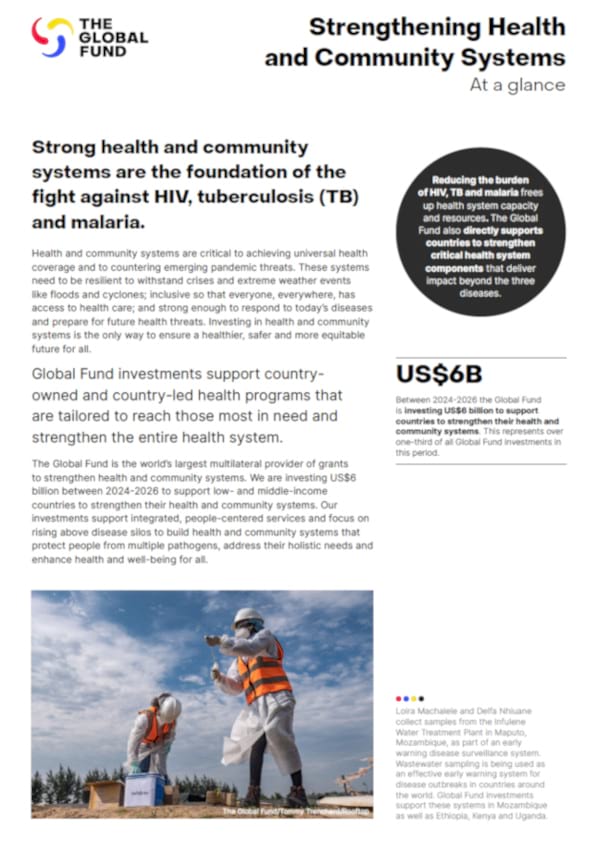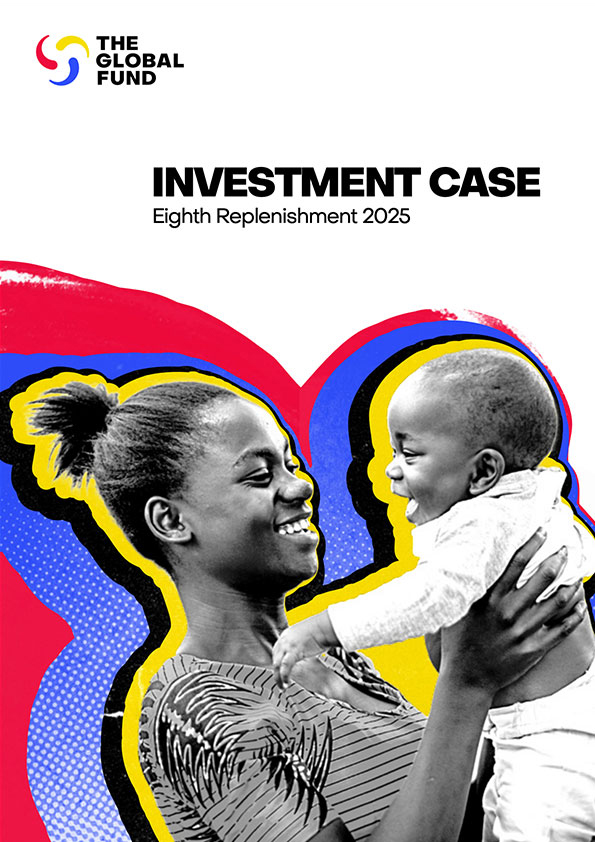Data Agility: A Fashionable Term, or a Game Changer for Global Health?
In the past two years, the COVID-19 pandemic and responses to it have caused a massive disruption of essential health services, especially those supporting prevention, diagnosis and treatment of HIV, tuberculosis (TB) and malaria. Despite global efforts on prevention, diagnostics and therapeutics, the world continues to experience an unprecedented and inequitable response to the COVID-19 pandemic and its impact on health services.
Data, a must-have weapon in any fight against pandemics, received much attention from politicians to health professionals, and even the public. Within a few months, the World Health Organization (WHO), together with partners, established daily reporting systems for COVID-19. Global leaders, working for HIV, tuberculosis and malaria programs in international organizations, questioned why daily reports for their programs were not possible, especially after decades of global investments. They started mentioning data agility as a fashionable term in their speeches.
But what is data agility?
In fact, there is no agreed-upon definition for data agility among global health development partners. Defined here, data agility is about accessing data and the analytical outputs health leaders need for fast decision-making. It is about the time lag between generation of data and decision-making. In short, it is about having the right data, at the right time, for the right level of decision-making.
To achieve data agility during the COVID-19 pandemic, in addition to daily case reports, global actors created emergency mechanisms to collect needed data to understand their programs and take timely action. The World Bank established the COVID-19 Household Monitoring Dashboard and the Global Financing Facility implemented repeated phone surveys with health facilities. WHO recommended and implemented the Continuity of essential health services: Facility Assessment Tool, where data is collected quarterly from sentinel facilities. In 2020, the Global Fund also created emergency mechanisms, including biweekly and monthly COVID-19 country monitoring, spot checks for HIV, TB and malaria service continuity and monthly indicator monitoring. These emergency mechanisms were adapted in 2021 to include processes with an expanded scope, including Supply Chain and Health Services Spot Checks and Pulse Checks.
These emergency mechanisms aim to have good enough data collected faster to facilitate upper level (national or global) discussions and decisions or to provide critical data that is otherwise unavailable. Such emergency mechanisms should be easy to implement. With disrupted implementation environments, any sophisticated design, such as random sampling, inevitably encounters deviations from design. Such deviations may result in biased data that misleads those making decisions based upon it.
All emergency mechanisms build upon routine health information systems. Outside of emergencies, the data generated in routine health information systems is analyzed and reported for decisions at different levels, ranging from daily or weekly at the facility level to semi-annually or annually at the national or global level. As there were no COVID-19 data staff when the pandemic started, emergency mechanisms were developed at the cost of disrupting routine health information systems or were viewed by some as parachuting or parasitic through the hiring of external providers.
The COVID-19 pandemic presents a great disruption to health services. The emergency mechanisms created for producing data faster for timely decision-making during the pandemic are disruptive innovations. Some of these emergency mechanisms will be set aside when the COVID-19 pandemic ends, while others with added value may be mainstreamed into, but should not replace, the routine health information systems of today. Disruptions are often passive, but innovation, or not accepting the status quo, is a choice, and sometimes a difficult one.
It is now time to redefine data agility. A key component of this is shareability through digitalization.
Since the beginning of the COVID-19 pandemic, COVID-19 modules were added to DHIS2 systems, starting with a COVID-19 surveillance module in 42 countries (e.g., tests performed, cases diagnosed and deaths) and followed by COVID-19 vaccine modules in 40 countries. As part of the Global Fund emergency mechanisms, at least five countries chose to share their DHIS2 data through an export of information to the Global Fund data lake, and more countries are in the pipeline.
Shareability, facilitated by the digitalization of routinely collected data and its systems, is a prerequisite for real-time access – the crucial component of data agility. We are entering the third year of this pandemic. Emergency mechanisms will continue to play a role, but the routine health information systems and their digitalization remain the priority for further investments. Well-functioning routine health information systems offer flexibility and adaptability as this pandemic evolves and as we prepare for potential pandemic(s) in the future.
A focus on data agility in this prolonged pandemic context is essential to ensure that the balance between disruptions and innovations tips firmly in favor of being an opportunity for local, national and global policymakers to access timely data for timely decisions.
